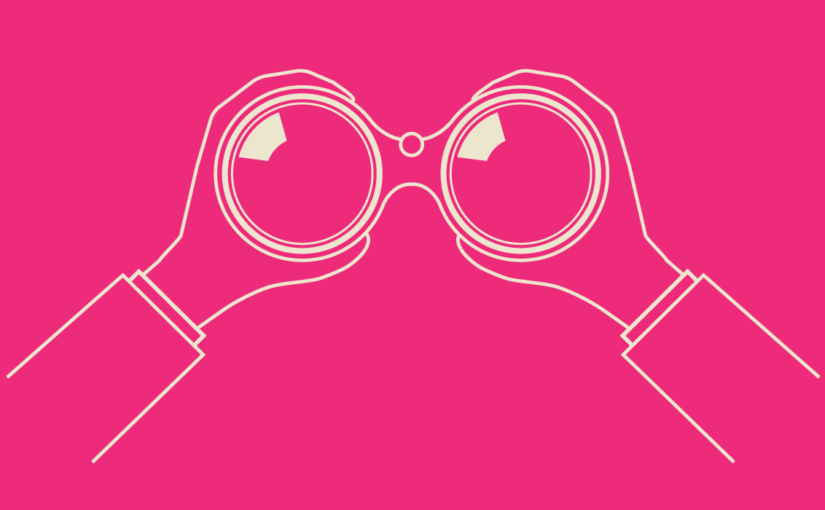The repetition of traveling daily to one place, driving into the same building or walking into the same space can cause an unintended blindness to what is in front of and around us. Understandably, most people are moving through life, intently focused on the next action steps needed to achieve their goals. This practice repeated contributes to success, but over time, can also contribute to oversights that can damage the perception of your brand.
How is space related to your brand, you may be wondering?
“The impact architecture has on a person’s mood is huge. Arguably these are the fundamentals of architecture: not how it looks, but how we feel it, through the way it allows us to act, behave, think and reflect,” says Dr. Melanie Dodd, program director of spatial practices at the Central St Martins art school.
Given that your mood can positively or negatively affect your entire day, why not leverage this information to benefit the perception and experience of your brand?
Below are 7 simple steps to help you see your environment and pivot where necessary to make a more positive impression.
Take a walk.
Start to gain objectivity by stepping away from your space and re-entering along a new or different path. If time permits, take a quick walk around the block and come back inside through an entrance not normally taken.
Settle into a moment.
Find a place to sit, ideally with a view of the busiest area. Put on your Margaret Mead hat and get curious.
What is the flow of users?
Where are they coming from? Where are they going? Where are they congregated? How does this behavior inform the placement of your signage, both fixed and temporary? Is anyone lost or confused? Is the flow of movement efficient?
A visitor will most likely not tell you that a sign could be in a more helpful place, or include a more clear message, but watching traffic flow for just 5 minutes during a busy time of day will.
How are people using the space?
Furnishings? Accessories? Signage? Is there anything that can be added, moved or removed to improve the user experience?
What do you hear?
Watch and listen to interactions with staff members: How are valets handling car flows? How are security and staff members handling check-ins? What phrases, questions, comments, and expressions are you hearing by those passing by?
Is there music? Is there clanging? Is there a buzz of energy or a din of chaos?
How does what you see align with your original vision?
And how is what you currently see aligning with users needs? Or not aligning?
Celebrate, ideate and take action.
Make a note of what’s working well or better than you envisioned. Reach out to staff or managers to pass on positive feedback and reinforce what’s working.
Address neutral or negative observations with a 30-minute afternoon brainstorming session. Bring issues to light and invite team members to share ideas for shifting the user experience toward the positive and in a way that is more aligned with your original vision.
Periodically repeat the steps above, to remain attentive to and nurture the brand you have so carefully built. Leverage the power of space to convert customers to a happy army of brand advocates.
Share your story.
Have other ways that you find objectivity in the familiar? Or tips for furthering the connection between your audience and your brand through curated spaces? Send us an email, we’d love to hear more.







